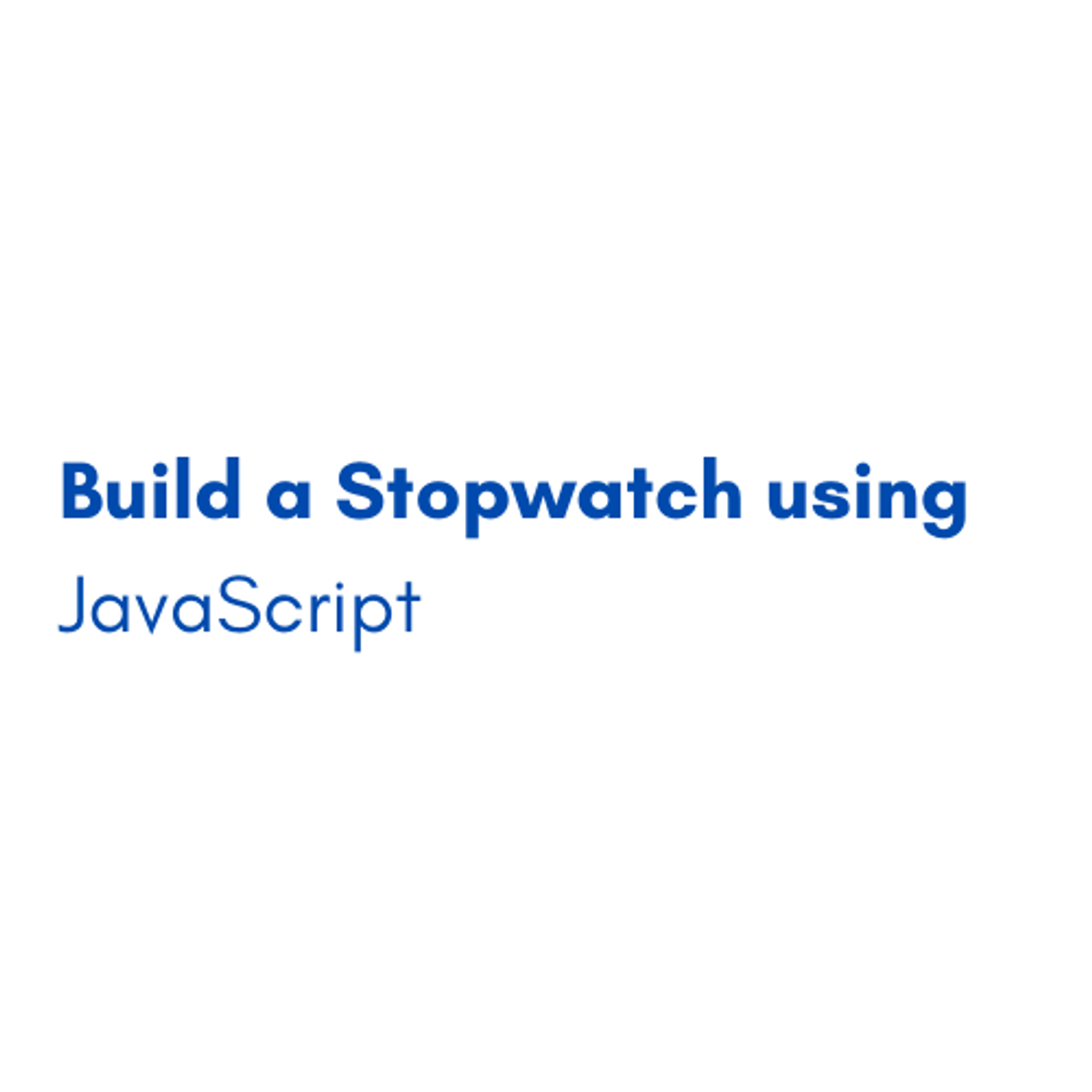Back to Courses









Computer Science Courses - Page 177
Showing results 1761-1770 of 2309

Introduction to Concurrent Programming with GPUs
This course will help prepare students for developing code that can process large amounts of data in parallel. It will focus on foundational aspects of concurrent programming, such as CPU/GPU architectures, multithreaded programming in C and Python, and an introduction to CUDA software/hardware.

Cybersecurity Capstone Project
This course presents an intensive experience during which students build a software system they intend to be secure, and then attempt to show that other students' projects are insecure, by finding flaws in them.
A Note on Capstone Frequency:
Please note that sessions of this Cybersecurity Capstone Project only run 3-4 times a year, depending on course team availability and learner interest. Please keep this in mind as you enroll into the Capstone program. While you will still be able to access certain elements of the course between sessions, you will not be able to submit assignments or be grouped into teams unless you are in an actively running session.
Managing Google Workspace
Managing Google Workspace is the second course in the Google Workspace Administration series.
This course focuses on the Google Workspace core services such as Gmail, Calendar, and Drive & Docs. You will become familiar with the various service settings, and learn how to enable them for all or just a subset of your users. You will gain an understanding of Google Vault, Google’s ediscovery service. You will understand the various admin console reports that are available and be able to search and filter the information in these reports. Finally you will see how multiple domains can be used with Google Workspace and learn how to add a new domain to your account.
By the end of this course participants will be able to:
- Enable and disable Google Workspace services for different parts of the organization.
- Configure common settings for Google Workspace core services such as Gmail, Calendar, and Drive and Docs.
- Understand the mobile device management options available in Google Workspace.
- Describe Google Vault and learn how to use it to retain, search and export your organization's data.
- Navigate and interpret Google Workspace admin reports and setup administrator alerts.
- Explain the basics of multi domain management within Google Workspace.
Prerequisites
You should have completed the Introduction to Google Workspace Administration course.

Get Started with Empathy Mapping the User Experience in Miro
By the end of this project, you will be able to use applied empathy to visualize and understand the authentic user experience and customer needs that have yet to be met.
To do this, you will gain hands-on experience applying design thinking, empathy, and context from the customer journey to create an empathy map in the Miro online visual collaboration platform for teamwork.
Note: This course works best for learners who are based in the North America region. We’re currently working on providing the same experience in other regions.

Develop Linkedin designs with Visme
At the end of this project, you will have all the basic skills to create digital content for Linkedin using Visme, an online tool for designing and editing Marketing content. You will be able to discover in detail the different features of the platform, and will be able to create professional graphic content for LinkedIn.
This project is for beginners, people who have never used Visme to create Linkedin content. It is ideal for those who would like to use Visme for their professional projects.

AI for Medical Diagnosis
AI is transforming the practice of medicine. It’s helping doctors diagnose patients more accurately, make predictions about patients’ future health, and recommend better treatments. As an AI practitioner, you have the opportunity to join in this transformation of modern medicine. If you're already familiar with some of the math and coding behind AI algorithms, and are eager to develop your skills further to tackle challenges in the healthcare industry, then this specialization is for you. No prior medical expertise is required!
This program will give you practical experience in applying cutting-edge machine learning techniques to concrete problems in modern medicine:
- In Course 1, you will create convolutional neural network image classification and segmentation models to make diagnoses of lung and brain disorders.
- In Course 2, you will build risk models and survival estimators for heart disease using statistical methods and a random forest predictor to determine patient prognosis.
- In Course 3, you will build a treatment effect predictor, apply model interpretation techniques and use natural language processing to extract information from radiology reports.
These courses go beyond the foundations of deep learning to give you insight into the nuances of applying AI to medical use cases. As a learner, you will be set up for success in this program if you are already comfortable with some of the math and coding behind AI algorithms. You don't need to be an AI expert, but a working knowledge of deep neural networks, particularly convolutional networks, and proficiency in Python programming at an intermediate level will be essential. If you are relatively new to machine learning or neural networks, we recommend that you first take the Deep Learning Specialization, offered by deeplearning.ai and taught by Andrew Ng.
The demand for AI practitioners with the skills and knowledge to tackle the biggest issues in modern medicine is growing exponentially. Join us in this specialization and begin your journey toward building the future of healthcare.

How to use the width tool in Adobe Illustrator
In this project, you will learn about the width tool in Adobe Illustrator. When we work on software as advanced as Adobe Illustrator there’s a lot of tools we don’t often use or think about that can elevate your value as a graphic designer. One of those often forgotten tools is the width tool, and it’s incredibly helpful and beautiful. In this project, you will learn what it can do for your designs, how to use it, when to use it, and how to apply it to different scenarios.
It’s important to understand every tool in Adobe Illustrator to actually take advantage of the program itself. It can be intimidating but learning about one tool at a time is the key to understanding and navigating the software correctly.
In this project we will take our time to understand this tool and apply it to many different designs in order to fully understand the power that this tool holds.

Automate Approval Process with SharePoint & Power Automate
Imagine working in a car rental company that has a manual system for keeping track of the cars that are currently rented out. Can you imagine all that paperwork and having to chase your manager across the office to approve each car rental request? Thankfully, with technology we can put many manual processes under control and automate almost everything.
This intermediate-level guided project, “Automate Approval Process with SharePoint & Power Automate” is for any business professional who is looking to automate any kind of a business approval process and has some prior knowledge of Excel formulas.
In this Intermediate-level guided project, you will create a SharePoint site and lists, and use Power Automate to automate approval process for car rental requests by employees. You will also make a calendar which will show when the cars are rented out, and you will learn to create flows that send reminders to the managers. What’s great about SharePoint and Power Automate is that anyone can learn to use them regardless of their educational background!
Since this project uses Power Automate (part of the Microsoft Power Platform), you will need access to a Microsoft account and a Microsoft 365 Developer Program subscription. In the video at the beginning of the project you will be given instructions on how to sign up for both, as well as how to set up SharePoint. The SharePoint set up might take up to 2 hours to complete, so please take that into account.
If you are ready to make your and your colleagues' lives easier by starting to automate manual, time-consuming processes that are hard to track, then this project is for you! Let's get started!

Build a Stopwatch using JavaScript
In this 1-hour long project-based course, you will learn how to (be able to apply the basics of JavaScript, some built-in methods and create your own variable, be able to create arrays, conditions of high level and define conditions with different forms, be able to create functions, deal with the built-in methods and with the scope levels, be able to link between JavaScript and HTML, be able to handle code cases and add more options to your own smart interactive stopwatch to save and update data, be able to link between JavaScript and CSS, complete your own smart interactive stopwatch, display saved data and create its layout).
Note: This course works best for learners who are based in the North America region. We’re currently working on providing the same experience in other regions.

Java Programming: Principles of Software Design
Solve real world problems with Java using multiple classes. Learn how to create programming solutions that scale using Java interfaces. Recognize that software engineering is more than writing code - it also involves logical thinking and design. By the end of this course you will have written a program that analyzes and sorts earthquake data, and developed a predictive text generator.
After completing this course, you will be able to:
1. Use sorting appropriately in solving problems;
2. Develop classes that implement the Comparable interface;
3. Use timing data to analyze empirical performance;
4. Break problems into multiple classes, each with their own methods;
5. Determine if a class from the Java API can be used in solving a particular problem;
6. Implement programming solutions using multiple approaches and recognize tradeoffs;
7. Use object-oriented concepts including interfaces and abstract classes when developing programs;
8. Appropriately hide implementation decisions so they are not visible in public methods; and
9. Recognize the limitations of algorithms and Java programs in solving problems.
10. Recognize standard Java classes and idioms including exception-handling, static methods, java.net, and java.io packages.
